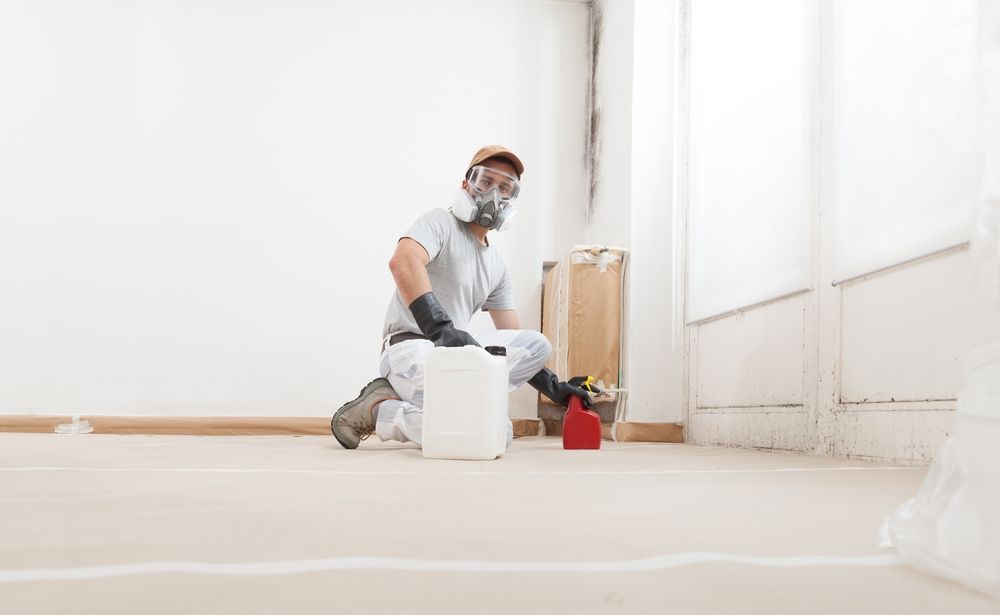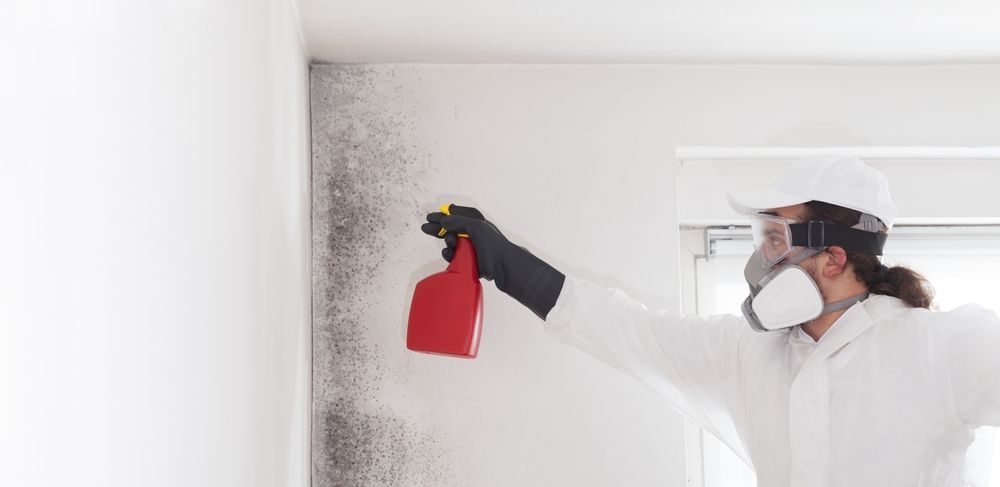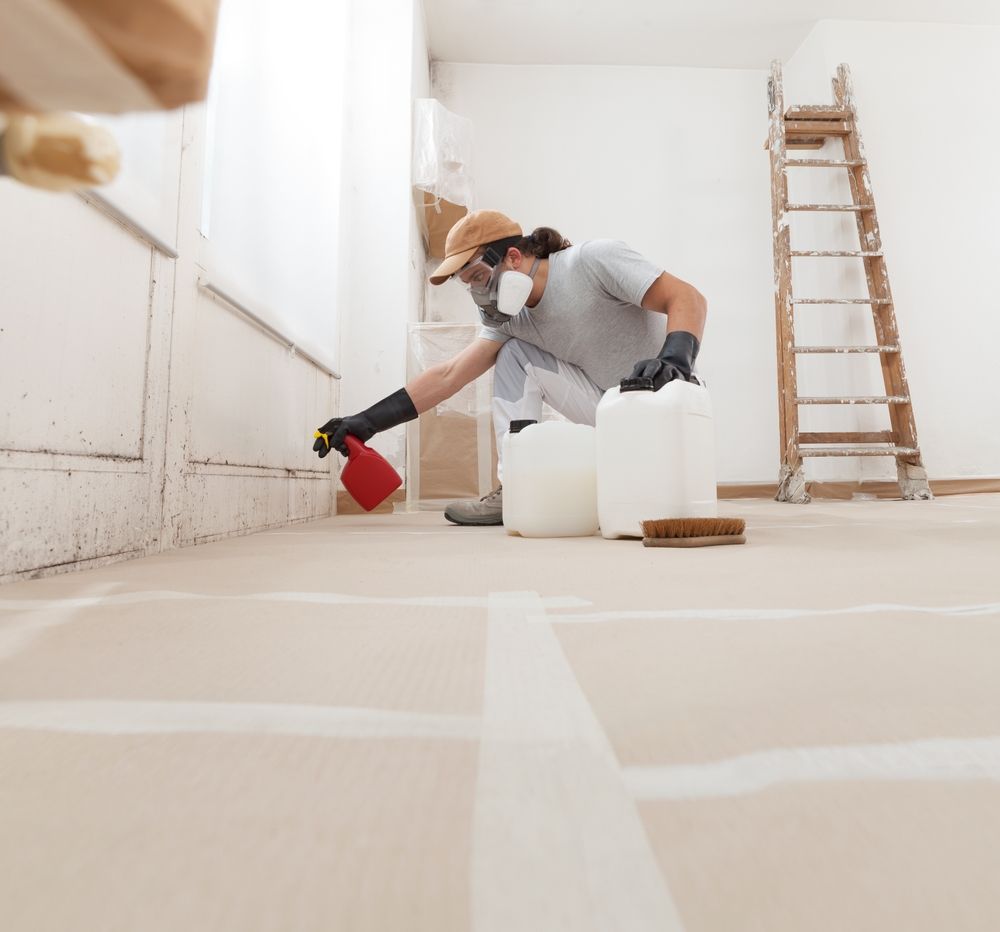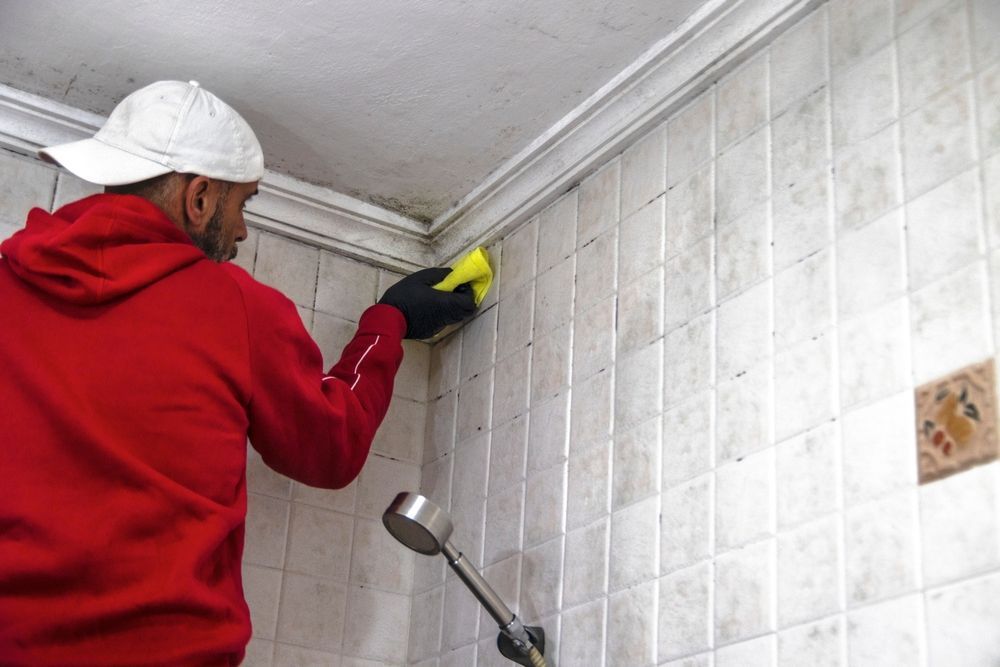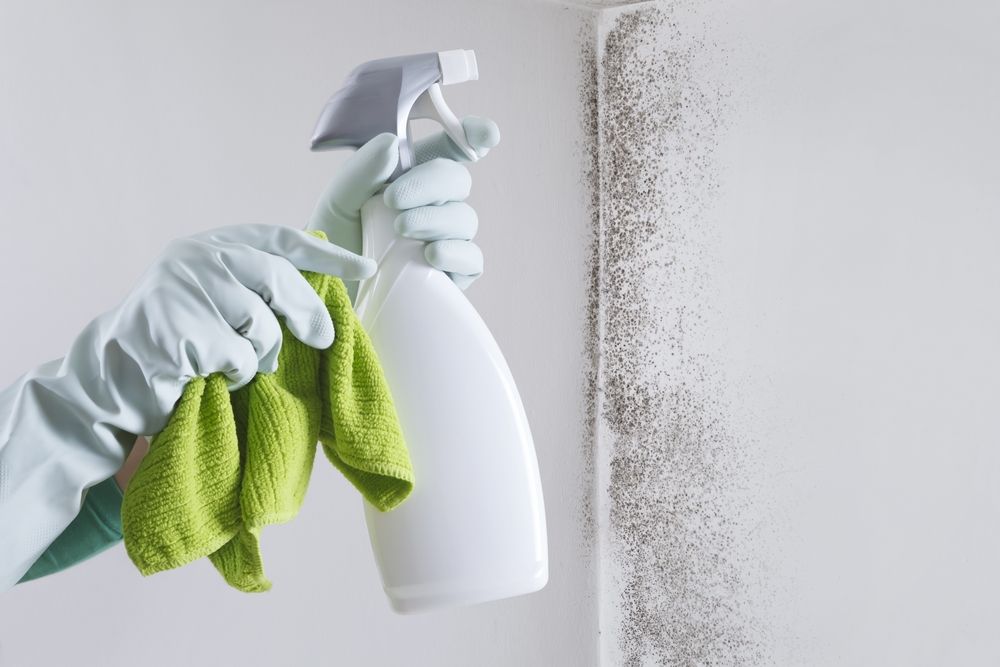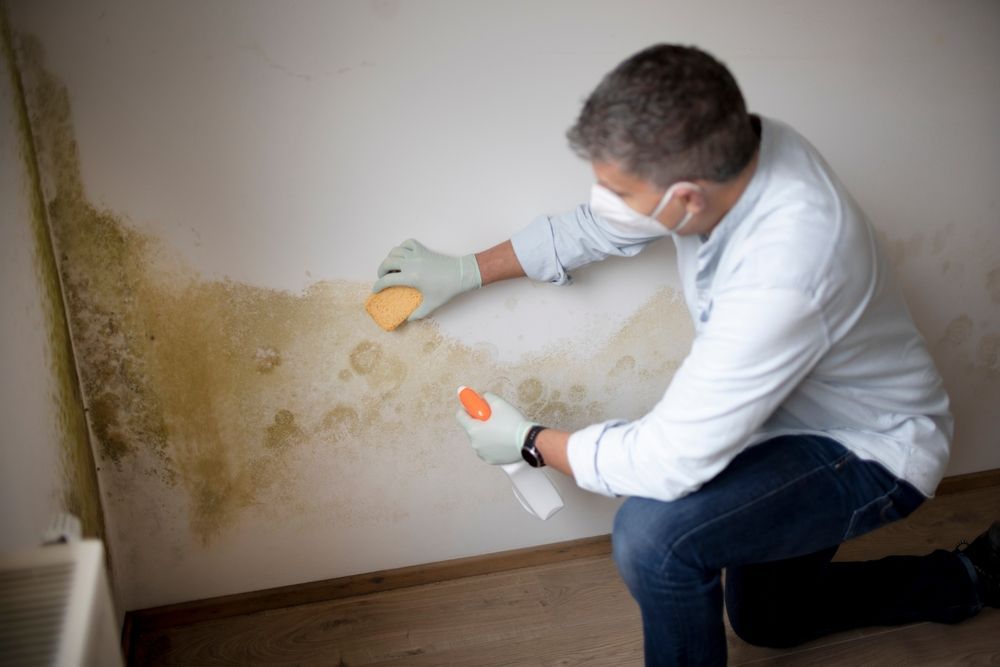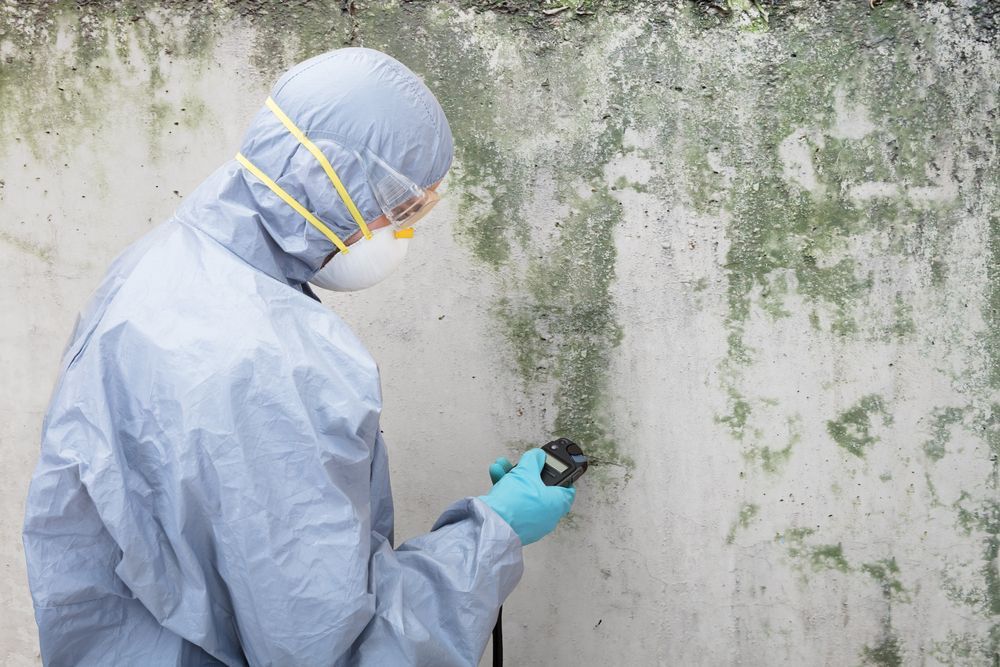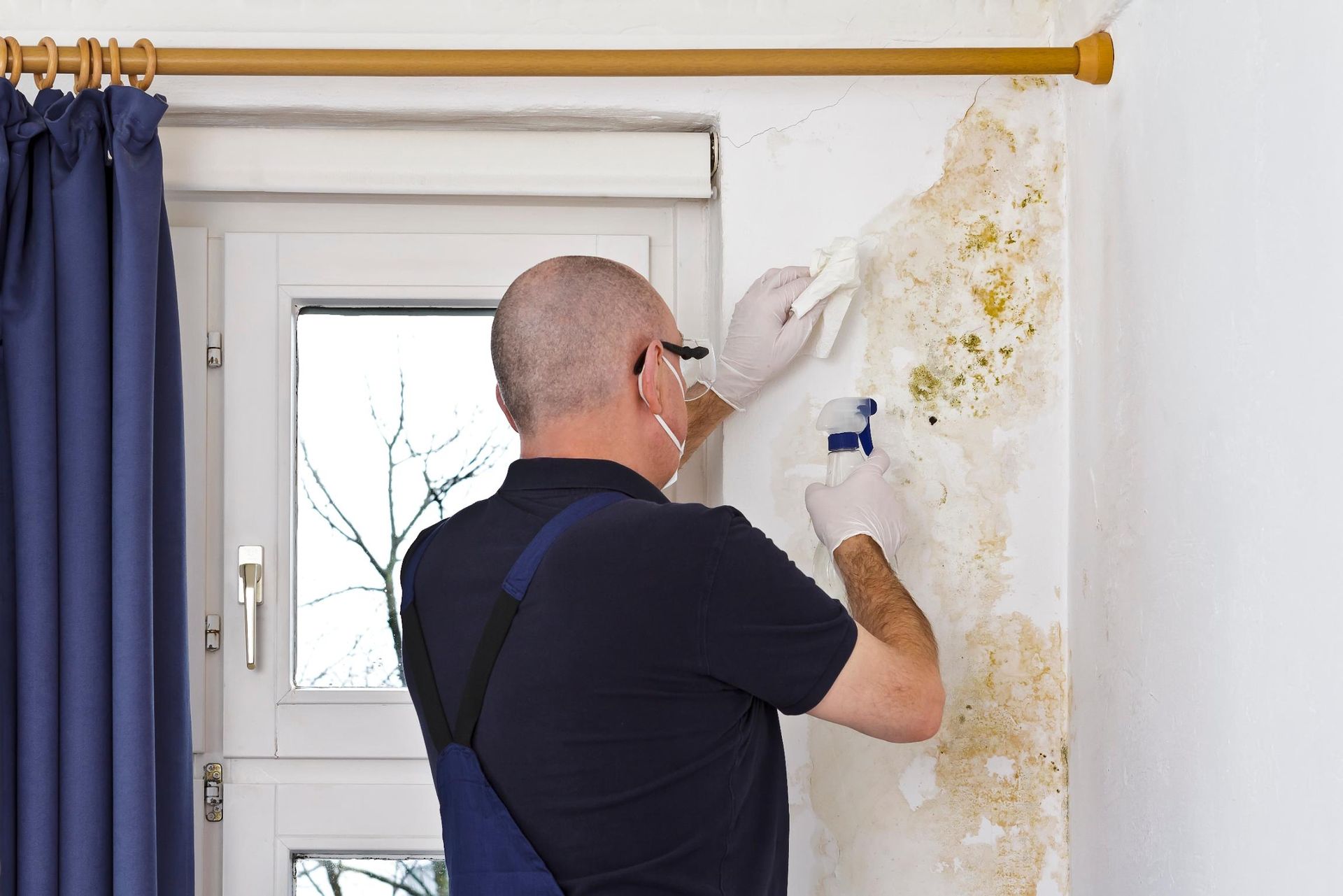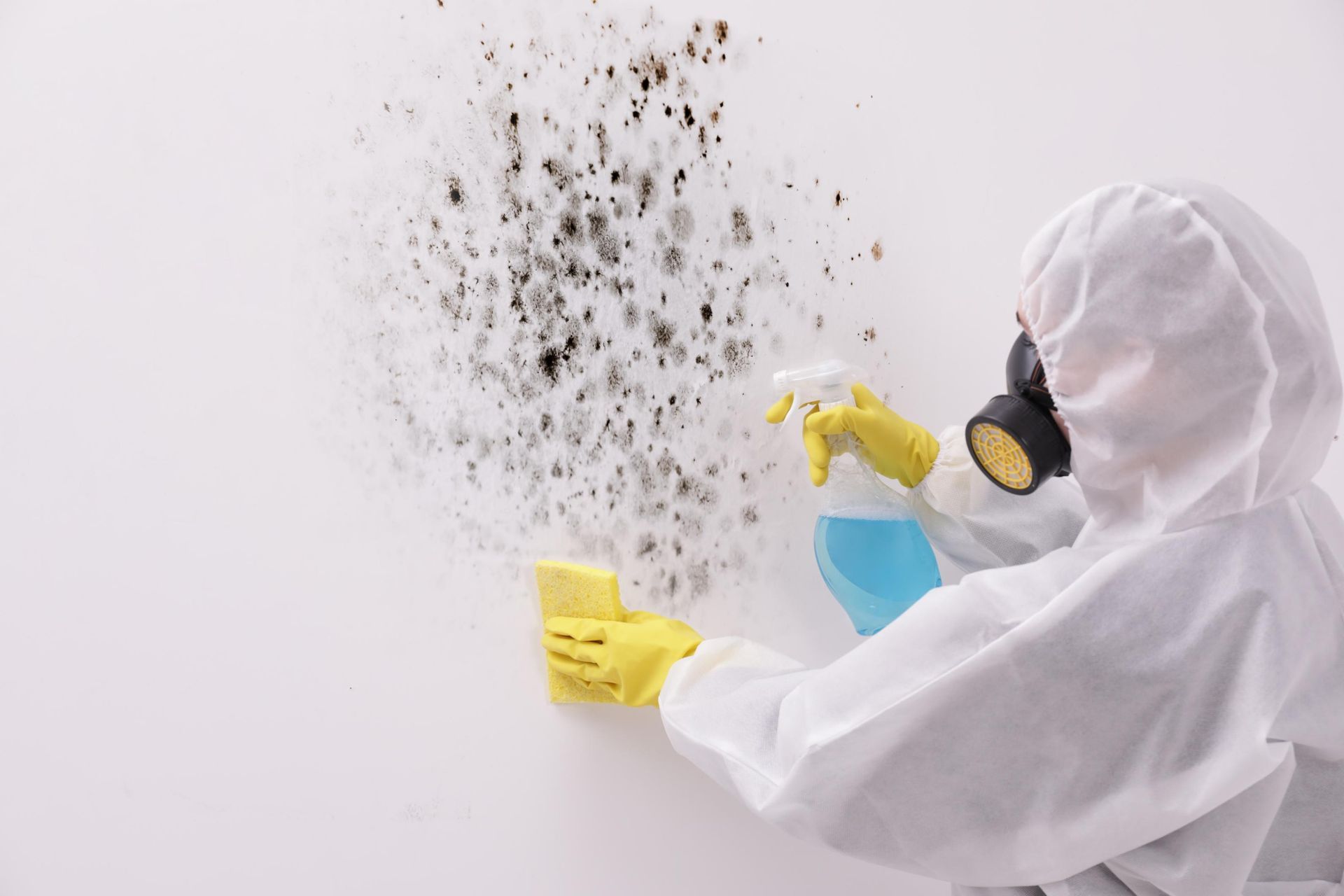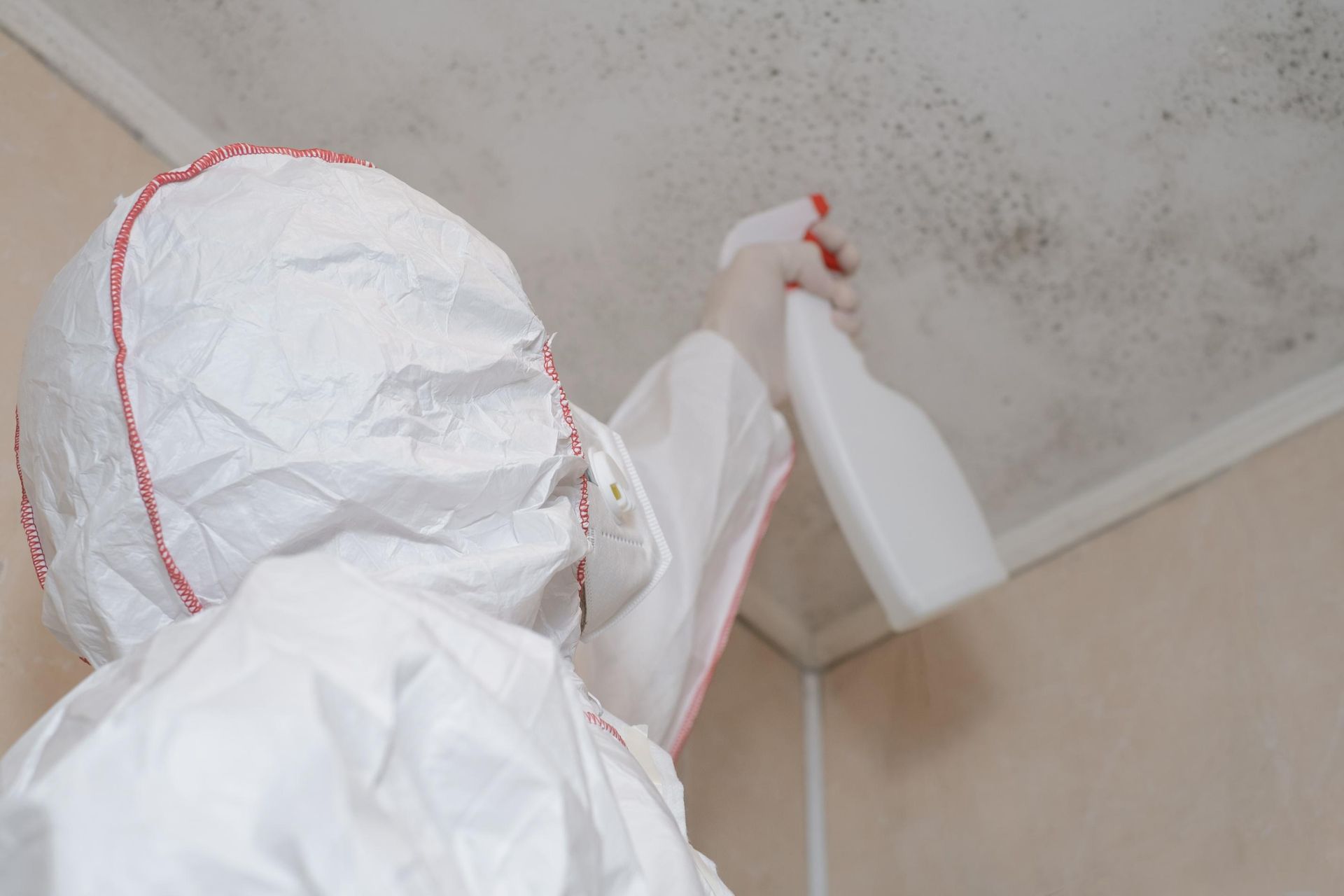Mold Surface Sampling Services in Baltimore
When seeking professional surface sampling for mold inspections, customers in Baltimore can rely on our specialized services. Our team utilizes advanced techniques to collect samples from various surfaces in your home or business.
These samples are then carefully analyzed in our state-of-the-art laboratory to identify the presence of mold spores and determine the type of mold present. By choosing our services, customers gain access to accurate and detailed reports that outline the extent of mold contamination.
Our thorough approach ensures that no mold growth goes unnoticed, allowing for effective remediation strategies to be implemented promptly. Trust our experts to provide you with the precise surface sampling results you need for a healthier indoor environment.
What is surface sampling?
Surface sampling is a method used to collect mold spores and particles present on surfaces in a specific area. This technique plays a crucial role in mold inspections as it helps identify the types of mold present, assess the extent of contamination, and determine the appropriate remediation strategies.
Why is it an important part of mold inspections?
Surface sampling for mold is a crucial component of inspections due to its ability to provide specific information about the presence and extent of mold contamination.
Four reasons why surface sampling is an essential part of mold inspections include:
- Identifying Mold Species: Surface sampling helps in determining the types of mold present, aiding in the development of an appropriate remediation plan.
- Quantifying Mold Levels: It allows for the quantification of mold spores present on surfaces, helping assess the severity of the contamination.
- Locating Mold Hotspots: By targeting specific areas for sampling, it helps in pinpointing the exact locations where mold growth is concentrated.
- Monitoring Mold Remediation: Surface sampling post-remediation ensures that the cleanup efforts have been effective in reducing mold levels to acceptable standards.
How Surface Samples Are Collected
Surface samples for mold testing are typically collected using three main methods:
- Swab sampling
- Tape lift sampling
- Bulk sampling
Each method serves a specific purpose in identifying and analyzing mold growth on surfaces. Understanding the differences between these sampling techniques is crucial for accurate mold assessment and remediation planning.
Swab Sample
When collecting swab samples for mold surface testing, a sterile cotton swab is used to gently rub the surface being sampled. This method allows for the collection of mold spores and other particles present on the surface.
Here are four key steps involved in collecting swab samples:
- Prepare the Swab: Ensure the cotton swab is sterile to prevent contamination during sampling.
- Rubbing the Surface: Gently rub the swab across the surface in a consistent manner to collect a representative sample.
- Avoid Cross-Contamination: Use a new swab for each surface sampled to prevent mixing different sources of mold.
- Proper Sealing: After sampling, seal the swab in a sterile container to maintain sample integrity until analysis.
Tape Lift Sample
To collect a Tape Lift sample for mold surface testing, a clear adhesive tape is pressed against the surface of interest and then carefully removed to capture any particles or spores present. This method is commonly used to detect mold growth on various surfaces such as walls, ceilings, or furniture.
The tape is then placed on a glass slide or a petri dish for further analysis under a microscope or sent to a laboratory for testing. Tape Lift sampling is a quick and effective way to assess the presence of mold on surfaces without causing any damage.
It provides valuable information about the type and concentration of mold present, aiding in the identification of potential health risks and necessary remediation efforts.
Bulk Sample
Bulk samples for mold surface testing involve physically removing a piece of the material from the surface of interest for further analysis. This method provides a more comprehensive view of the mold presence and its concentration.
Here are four key steps in collecting bulk samples for mold surface testing:
- Identification: Locate the area with visible mold growth or suspected contamination.
- Preparation: Equip with protective gear like gloves and a mask to prevent exposure.
- Sampling: Use a sterile tool to collect a piece of the material and place it in a clean container.
- Labeling: Clearly mark the sample container with the location, date, and any relevant details for accurate identification during analysis.
Interpreting Results from Mold Surface Samples
Upon receipt, lab results from mold surface samples are carefully analyzed to determine the presence and type of mold species present. The interpretation of these results is crucial in understanding the extent of mold contamination and the potential health risks associated with it.
Different mold species have varying levels of toxicity, and identifying them helps in recommending the appropriate remediation measures. The results also provide information on the concentration of mold spores present on the surfaces sampled, aiding in assessing the overall indoor air quality.
Understanding the results allows for tailored solutions to be implemented to address the specific mold species present, ensuring a thorough and effective remediation process. Professional interpretation of these results is essential for accurate identification and appropriate action.
Cons of DIY Mold Surface Test Kits
DIY mold surface test kits present limitations in accurately assessing the extent of mold contamination due to their potential for inconsistency in sampling methodology and interpretation. When considering these kits, it’s crucial to be aware of the drawbacks they entail:
- Limited Expertise: DIY kits lack professional interpretation, leading to potential misdiagnosis.
- Inaccurate Sampling: Users may not sample correctly, impacting the validity of results.
- False Sense of Security: Negative results may not truly indicate a mold-free environment.
- Lack of Comprehensive Analysis: DIY kits often fail to provide a thorough assessment of the mold situation.
Get in Touch with a Local Mold Inspector for Surface Sampling Today
When seeking a more reliable and comprehensive assessment of mold contamination in your property, consulting with a local mold inspector for surface sampling is highly recommended. Mold inspectors have the expertise and tools to conduct thorough surface sampling, identifying the types of mold present and the extent of the contamination accurately.
By reaching out to a local professional, you can benefit from their knowledge of common mold species in Baltimore, ensuring a targeted approach to remediation. Additionally, mold inspectors can provide guidance on effective mold removal strategies and help you understand the results of the surface sampling tests.
Contacting a local mold inspector for surface sampling today can give you valuable insights into the mold issues affecting your property.
Get in Touch Today!
We want to hear from you about your Mold Inspection needs. No Mold Inspection problem in Baltimore is too big or too small for our experienced team! Call us or fill out our form today!
Contact Us Today
Request a Quote
Recent Posts
Get in Touch With Us
No Mold Inspection is too big or too small for our experienced team!

